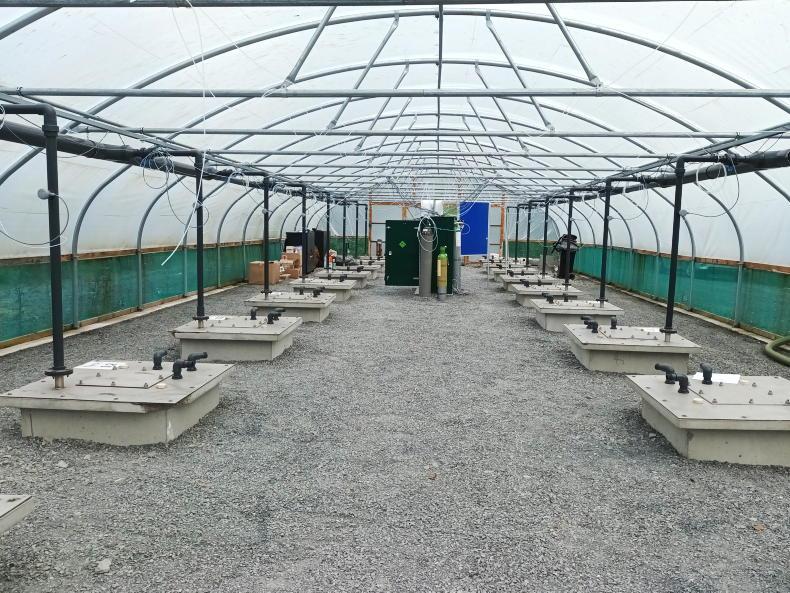Last week, I listened in on a technical talk on boron to learn something of its importance as an element in plant production.
Many tillage farmers will be aware of its importance for crops like sugar beet, fodder beet and oilseed rape and some are vaguely aware of its importance even for cereals.
The lecture given by Phillip White from the James Hutton institute in the UK give a very detailed appraisal of the functioning of boron in plants.
He explained that the mechanisms of boron access and functioning are hugely complex in terms of how it interacts both within the plant and in the soil.
Understanding
It was obvious from the presentation that there is now a high level of understanding as to the metabolism mechanisms for boron within the plant, but it is highly complex.
We were told about the reasons why some crops have a greater overall requirement for boron than others, but we were also told that specific varieties of any crop can also have a different requirement or a very different ability to process boron.
Deficiency or toxicity
This is important because boron has an equal potential to be toxic as to be beneficial in sensitive plant species.
Phillip told us that boron interacts with many different compounds in the plant to form diesters which are important for the structure of cell walls and their permeability to nutrients. In general monocots tend to have a lower boron requirement than dicots and toxicity can also cut in at lower levels.
Most of the interactions the molecule has with other substances are beneficial in the plant, but some can also be negative. Boron can also link up with compounds like ADP which is essential for plant energy transfer, respiration and growth.
Philip said that it is the absolute requirement of a plant that drives deficiency – species with a low requirement seldom show deficiencies while others, like beet, have a much bigger overall requirement and hence is more likely to show deficiency.
Boron is relatively mobile in the phloem so it can flow downwards more easily than upwards. It is for this reason that symptoms are first seen initially in the young rapidly growing tissue, for example the crown of sugar beet or the young leaves in fruit crops.
But where there is too much boron availability relative to the needs of a crop, toxicity can occur which can result in total plant death in crops like cereals.
Soluble
Boron is very soluble in the soil and it can be easily leeched. Its availability is also a bit difficult to predict in a soil and plant availability can vary in different soils, even where the concentration level is thought to be similar.
The optimum level within a plant is quite narrow for any species and Phillip stated that maize needs more boron than wheat and that the requirement for beet is higher than cereals.
Deficiencies of boron in soils is a worldwide phenomenon and Phillip stated that about one-third of Scottish soils are naturally deficient in boron.
There are also interactions with other elements and deficiency symptoms become intertwined with other trace element deficiencies which makes it a less then precise science. These interactions can also sometimes enhance toxicity in different species.
Philip commented that the tolerance of a crop can vary considerably with different cultivars and that this is especially true for wheat and oilseed rape. This is to do with boron being taken up or accumulated within the plant.
Soil pH is also a variable, with less boron being required at higher pH levels.
Balancing needs
Boron is taken up as boric acid and it can enter the cell wall membrane unaided. Concentration in a cell is controlled by mechanisms which either pump boron into a membrane or pump it out of the membrane.
In a high boron situation the plant can stop boron getting into the xylem and actually pump it out of the plant cells. This regulation of the different transporter mechanisms can help plants to cope with either inadequate or excess nutrient availability.
These transporter mechanisms are very important to help get adequate boron into plant tissue especially in situations where availability is low.
The complexities of availability and uptake make it difficult to accurately predict where a problem needs to be solved. The application of boron in fertiliser or spray will solve a deficiency problem but it remains very difficult to predict when and where this will be needed.










SHARING OPTIONS